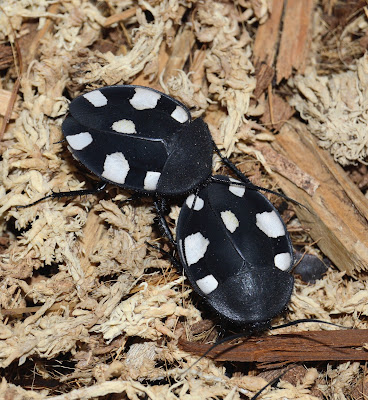Arenivaga erratica
(Erratic Sand Roach)
Adult Size - Male (19 mm), Female (20 mm)
Climbing Ability - None
Flying Ability - Adult males can fly
Enclosure
A.erratica aren't particularly large or crowding sensitive, so their enclosure doesn't need to be spacious.
Ventilation level - High
Hides - Not necessary
Barrier/Secure Lid - Not necessary
Substrate
A.erratica aren't picky about their substrate as long as it holds moisture well, isn't abrasive, and is deep enough to burrow in.
Type - Not picky
Moisture level - 3/4 dry & 1/4 moist
Food
A.erratica don't accept many of the foods that average roaches do. They fair best when fed proteinaceous pet foods and dead leaves.
Type - Proteinaceous pet foods, dead leaves
Temperature
A.erratica can be kept into the high 60s, but grows and breeds fastest at warmer temperatures.
Range - 68 F to 85 F

_8.JPG)
_4.JPG)
